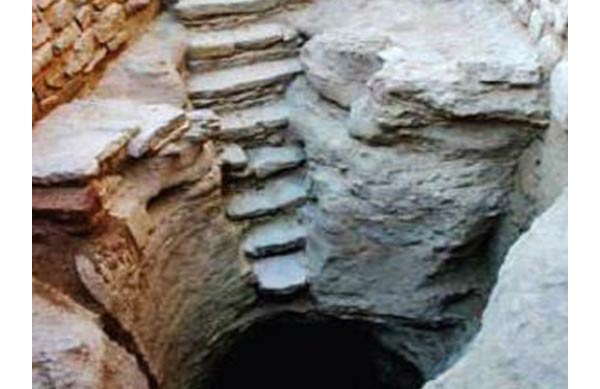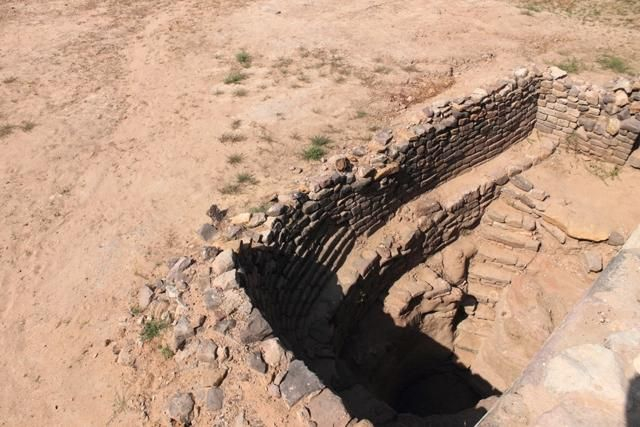Stepwell
The stepwell was initially discovered in Dholavira in India and Mohenjo Daro, one of the most well-known archaeological sites in Pakistan. In these locations, the proof of their existence was initially observed. The famed Great Bath at Mohenjo Daro is three times bigger than the first stepwell discovered in the Indus Valley. It was discovered 5,000 years ago or thereabouts.
One particular monument, abandoned by 2500 BCE, incorporates a bathing pool, steps leading down to the water, and figures of some religious significance into one construction, demonstrating the three characteristics of step-wells in the subcontinent.
The Buddhists and Jains of India incorporated step-wells into their building in the early decades immediately preceding the Common Era. Buddhism spread throughout the world, bringing with it both the wells and a particular style of ceremonial bathing. Step wells made of rock on the subcontinent date from 200 to 400 CE. Then the tiered ponds at Bhinmal (850-950 CE) and the wells at Dhank (550-625 CE) were built.













